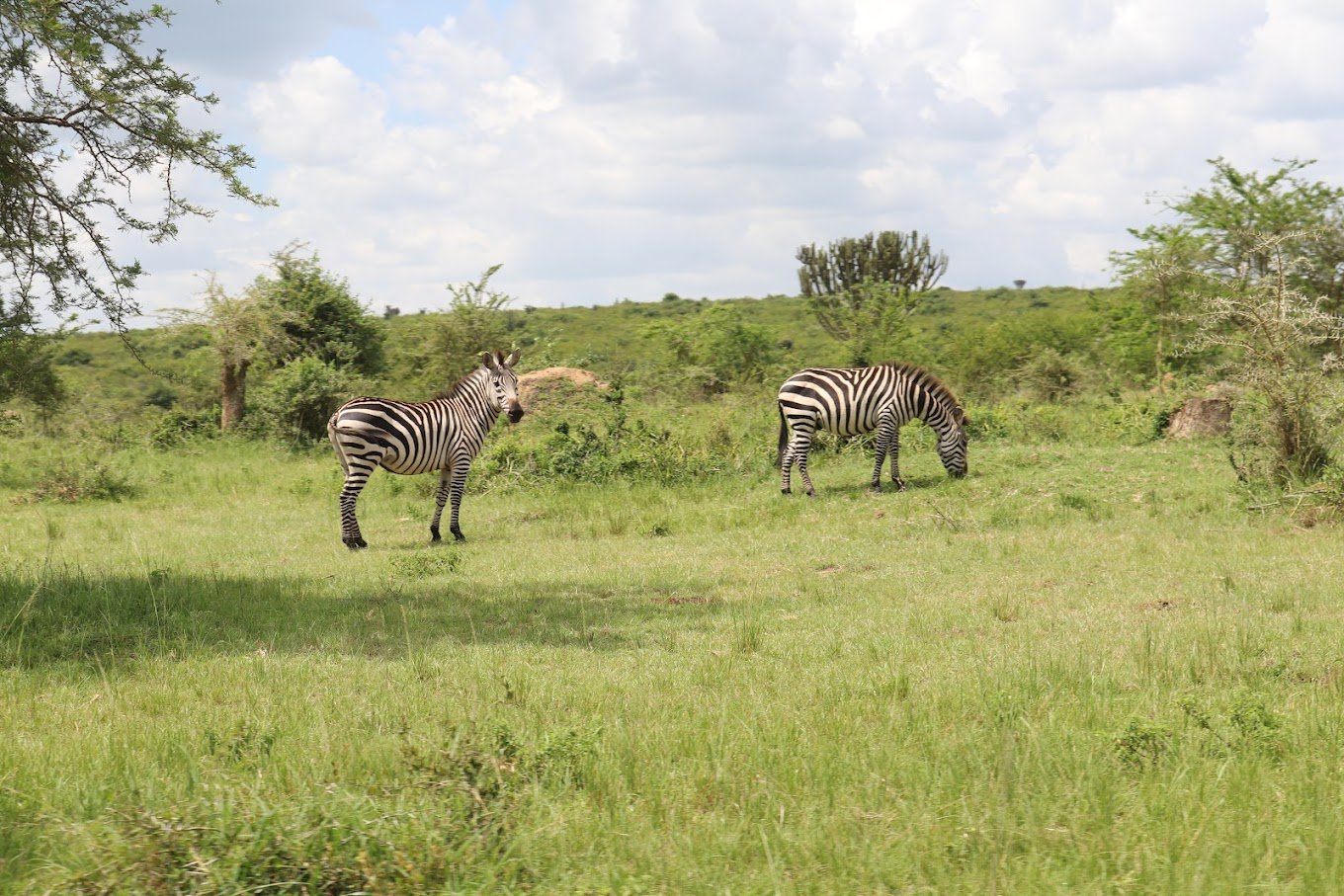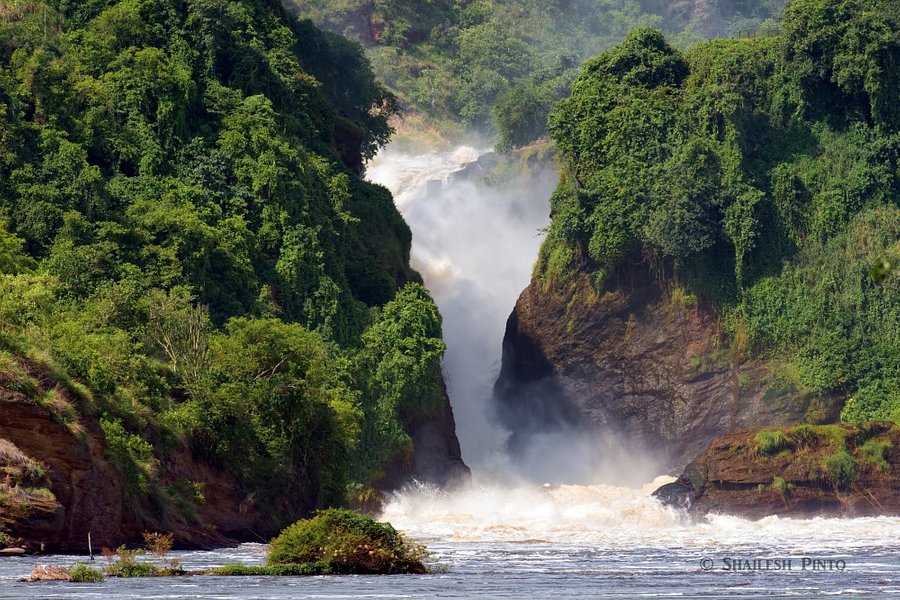Uganda
Uganda, with its incredible biodiversity, rich cultural heritage, and stunning natural beauty, is a truly captivating safari destination.
Uganda, with its incredible biodiversity, rich cultural heritage, and stunning natural beauty, is a truly captivating safari destination.
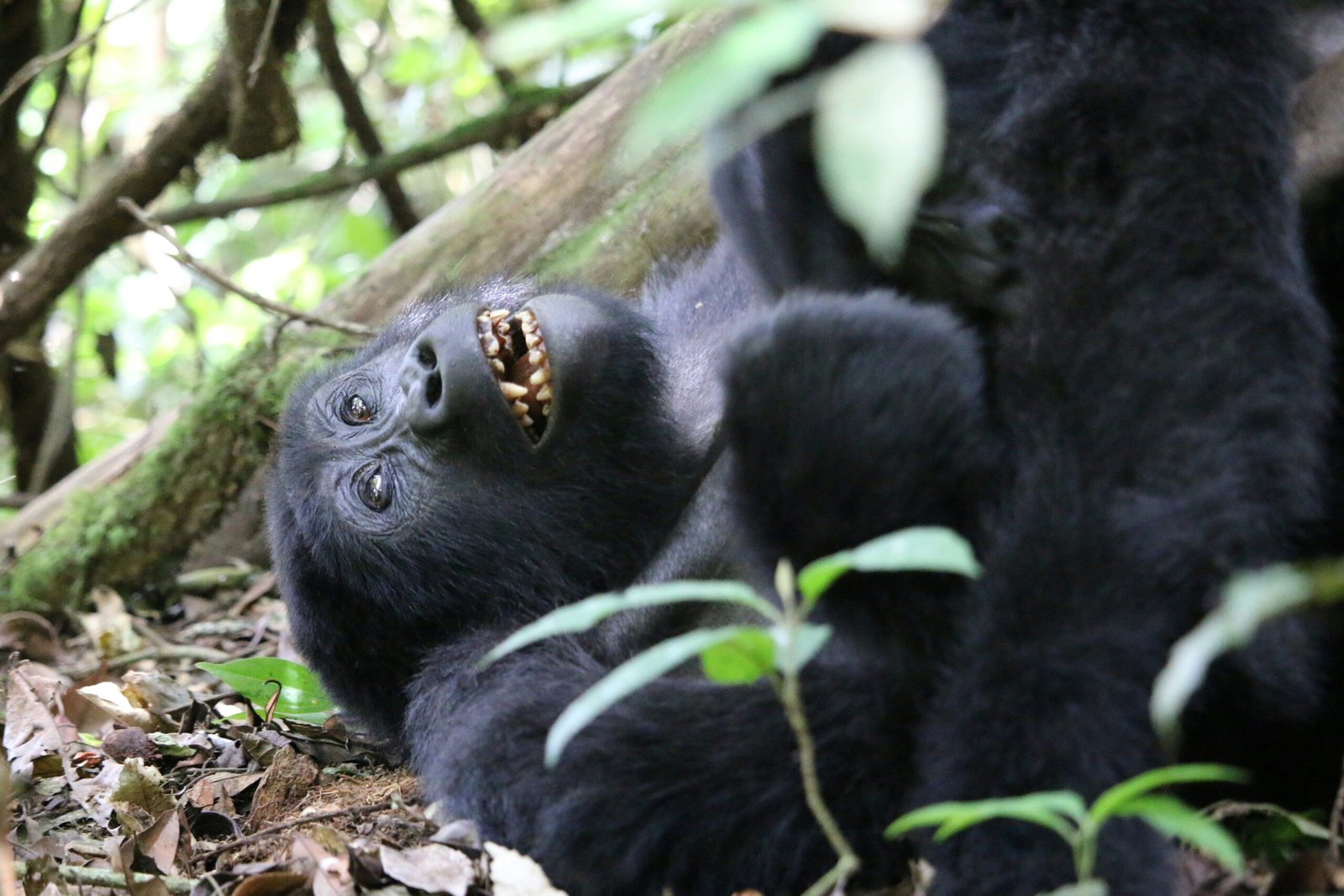
Uganda
Uganda, with its incredible biodiversity, rich cultural heritage, and stunning natural beauty, is a truly captivating safari destination.
“‘Absolutely magical, yet indescribable’: that was how one recent traveler summed up their safari experience in Uganda, their first visit to Africa. ‘The experience was profoundly emotional and spiritual, as well as visual. Yes, there are countless animals and birds, all thriving in their natural settings, but the journey is far more than just wildlife viewing. I will never forget this trip. It truly was one of the most extraordinary experiences of my life.’
With Lake Victoria gracing its southern borders and the towering Rwenzori Mountains ascending from its western regions, Uganda stands out as one of Africa’s premier destinations for nature and wildlife enthusiasts. The country’s incredibly diverse ecosystems, the abundance of wildlife, and the vibrant cultural mosaic – from the colorful Batwa pygmies in the forests to the elegant Ankole cattle herders on the savannahs – are captivating enough to keep anyone spellbound for months.
Consider Uganda as the Acholi people might – a sacred land sculpted by divine forces for their sustenance and survival. Envision the divine hand sculpting the landscape, raising the Rwenzori Mountains, known as the ‘Mountains of the Moon’, which dominate the western horizon with their snow-capped peaks, and carving out the sprawling expanse of the Great Rift Valley with its myriad of lakes. The renowned Bwindi Impenetrable Forest in the southwest is home to the elusive mountain gorillas, offering scenes that sometimes feel plucked from a fairy tale, as numerous species, from elephants to endangered gorillas, share the dense forest in harmony. At the shores of Lake Victoria, you could feel as though you’ve stepped into another realm, with lush wetlands and a myriad of bird species that color the skies. Wherever you venture in Uganda, the country is unparalleled in its ability to awe and inspire, whether it’s your inaugural African safari or one of many.”
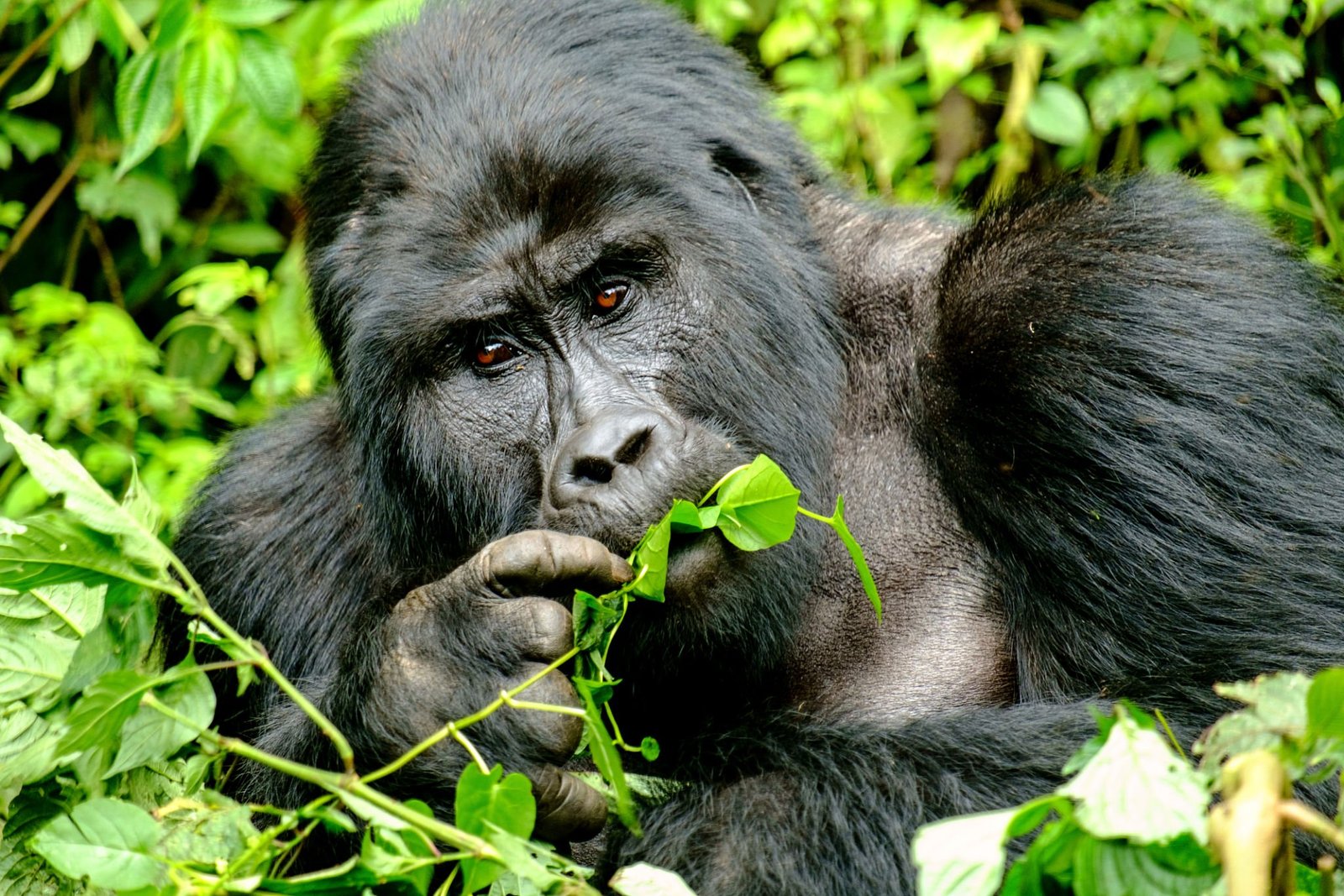
Uganda's top safari and holiday destinations
Uganda’s key areas for visitors are dispersed throughout the country, each offering unique experiences and natural wonders.
In the southwest, adjacent to the Virunga National Park in the Democratic Republic of Congo, lies the Bwindi Impenetrable National Park. This area is renowned for being home to the mountain gorillas and is a hub for those seeking the unforgettable gorilla trekking experience.
North of Lake Victoria, Uganda’s wildlife jewel is the Murchison Falls National Park, known for its powerful waterfall and diverse wildlife including lions, hippos, and the rare shoebill stork. This region also serves as a gateway to the untouched wilderness of the Kidepo Valley National Park in the northeast, where visitors can spot cheetahs and other dry-country mammals.
To the east, Mount Elgon National Park offers unique landscapes and activities, including hiking on one of Africa’s oldest volcanoes. Further east, Karamoja region provides a cultural immersion unlike any other, offering insights into the traditional warrior nomadic life of the Karamojong people.
In the west, Queen Elizabeth National Park is famous for its tree-climbing lions and vast biodiversity, situated beside the stunning Rwenzori Mountains — Africa’s tallest mountain range. The park’s extensive savannahs and wetlands offer a classic safari experience with a backdrop of spectacular landscapes.
In southern Uganda, Lake Mburo National Park provides a scenic venue to view zebra, impala, and large herds of eland in a more compact and accessible setting.
Finally, Uganda’s portion of Lake Victoria features numerous islands, including the Ssese Islands, a perfect retreat for those seeking relaxation and natural beauty after adventurous safaris, combining pristine beaches with a serene atmosphere and warm local hospitality.
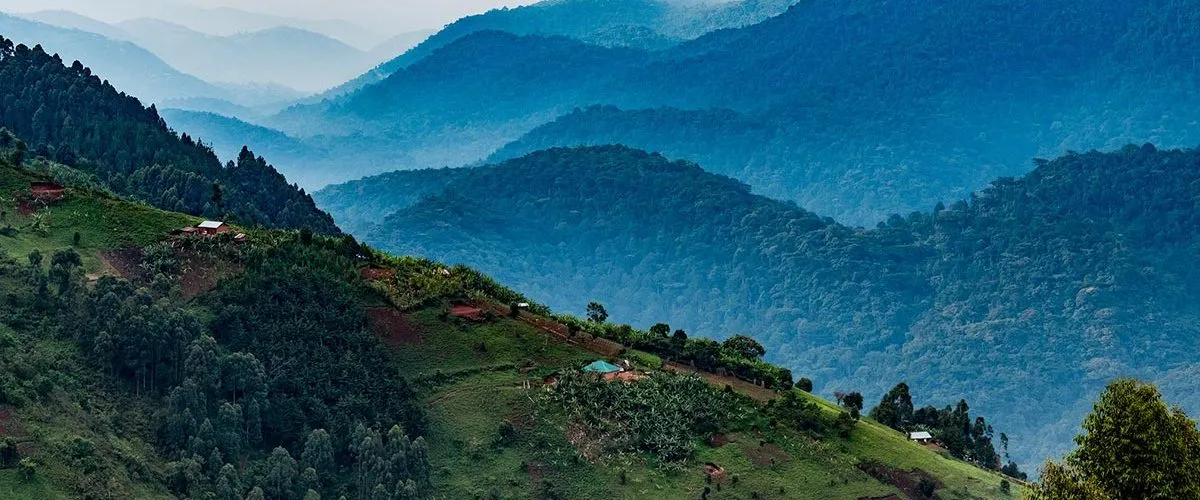
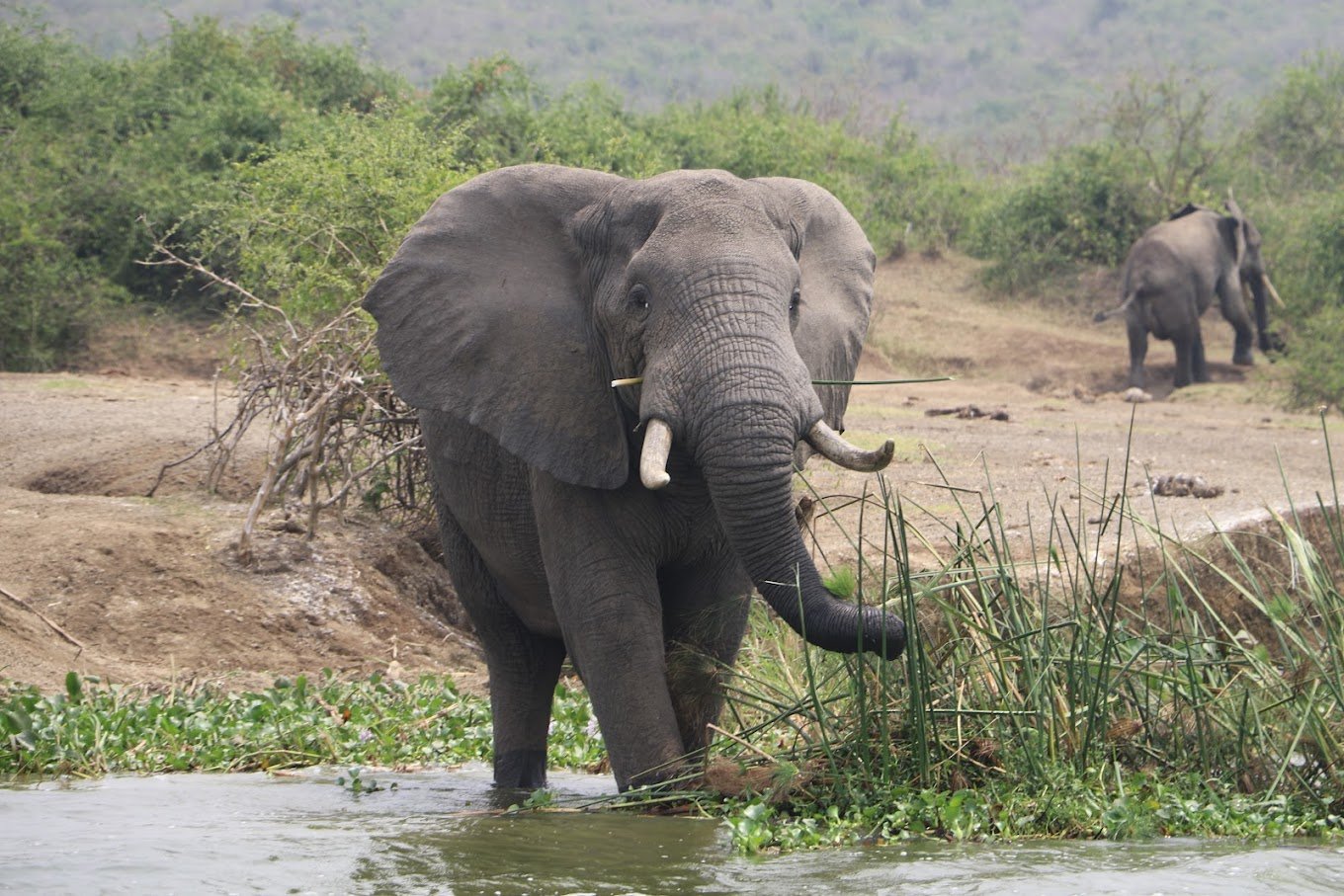
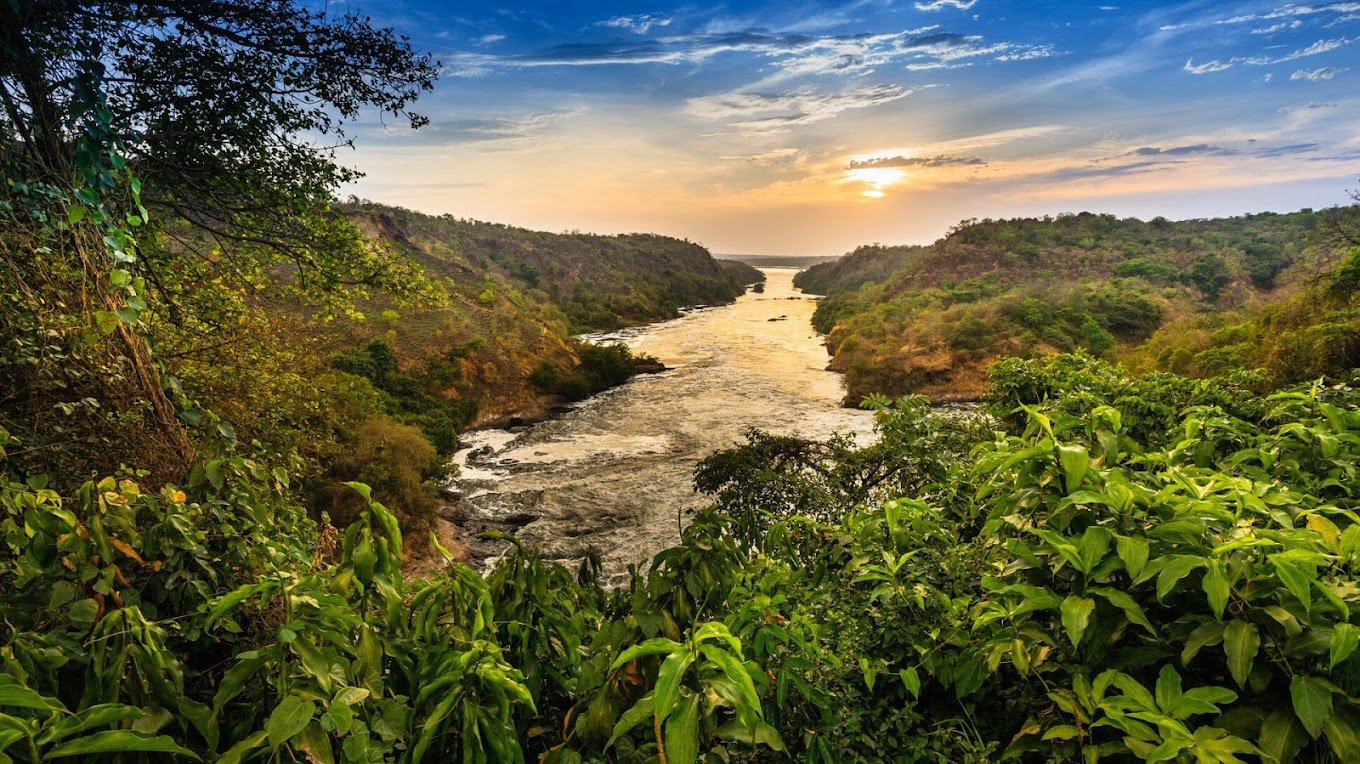
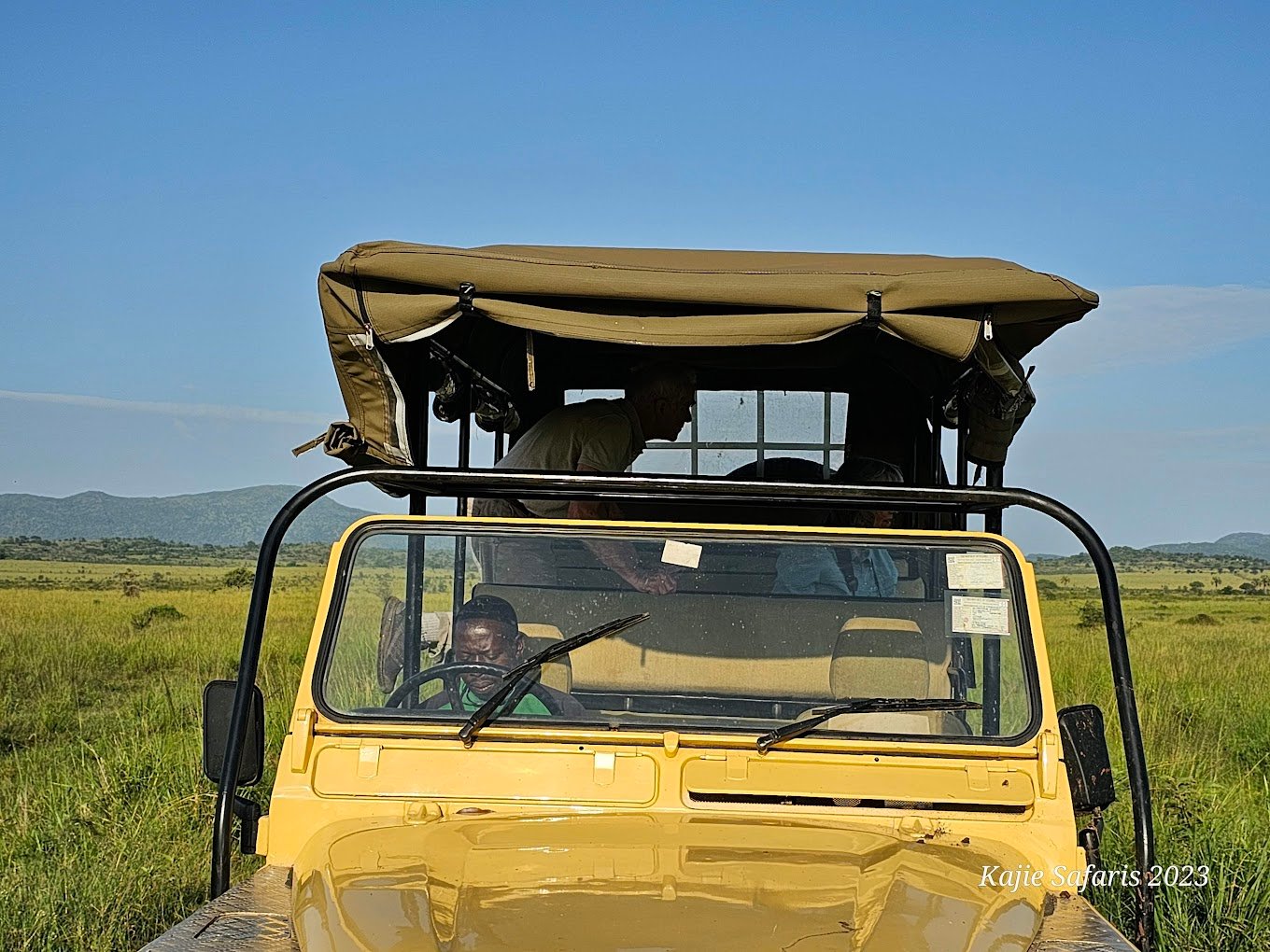


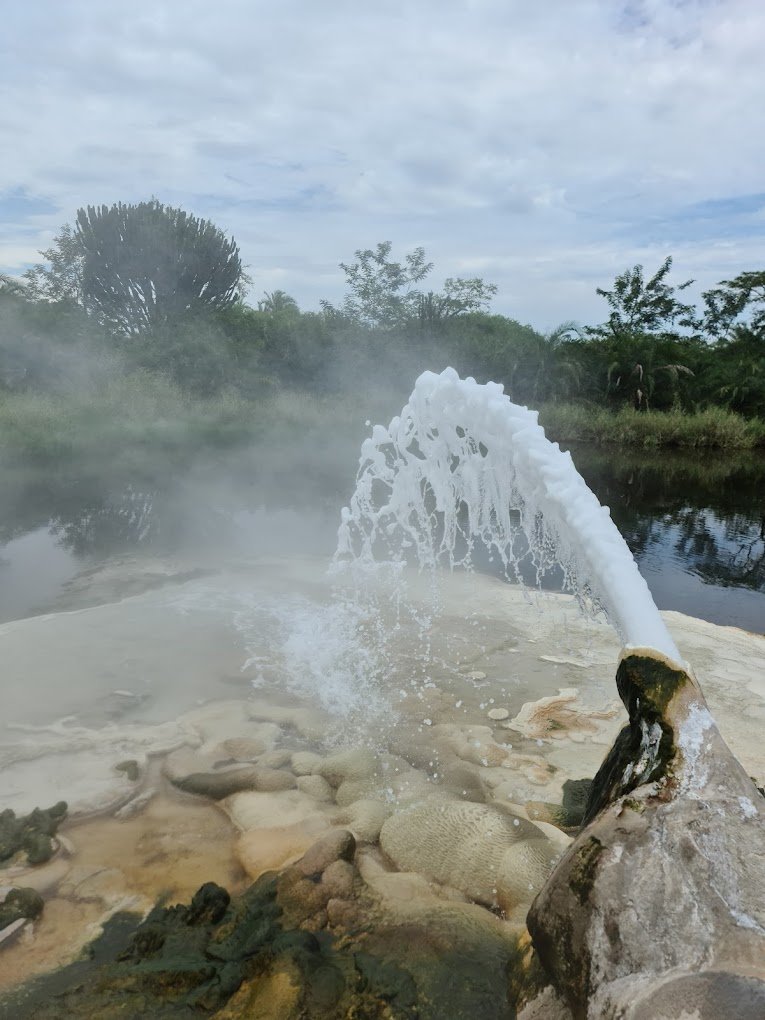
Our top ten Uganda safaris and holidays
Each of Sovereign Safaris’ tailor-made itineraries is uniquely crafted to suit the individual traveler’s preferences.
The sample itineraries we offer are illustrative of the myriad possibilities available, complete with pricing and detailed information. These are simply suggestions; they are flexible and not set in stone. You can select any mix of camps and lodges that make logistical sense, and begin your journey on any date you prefer, subject to availability. Discover all 24 Uganda safari options here.
Most of our Uganda journeys are centered around Fly-in Safaris, where you travel between sites via scheduled light aircraft, staying several days at each camp or lodge. During your stay, you’ll explore the region in an open safari vehicle, guided by a seasoned local expert, and participate in daily game drives with other guests.
For those preferring a more continuous guide experience, our Guided Safaris involve traveling in a private safari vehicle with a pop-top roof and sliding windows, accompanied by the same guide throughout your trip.
Our Beach Holidays highlight tranquil retreats along Uganda’s picturesque lakeshores.
Call Sovereign Safaris now to speak with a Uganda travel expert who can answer your questions and customize a journey that perfectly fits your needs.
Our travelers' wildlife sightings across Uganda
As they explore Uganda, many of our travelers document their encounters with wildlife such as lions, leopards, or the elusive mountain gorillas and share these records with us.
This “citizen science” approach provides a unique overview of where specific species are most commonly sighted, enhancing your chances of spotting these animals during a Uganda safari (Learn about this survey’s methodology.)
The percentages provided below represent the likelihood of encountering various large mammals in their natural habitats. Note that species with restricted ranges, like the mountain gorilla, often show high sighting probabilities in the areas they inhabit. For more detailed information on a specific animal, click on its image below and follow the link in the pop-up window.
For a comprehensive view of wildlife sightings across Uganda, check out our interactive wildlife map of Uganda, which highlights the best spots for encountering diverse species.
Gorilla
99% SUCCESS
Giraffe
99% SUCCESS
Lion
90% SUCCESS
Zebra
99% SUCCESS
Rhino
60% SUCCESS
Spotted Hyena
90% SUCCESS
Hippo
80% SUCCESS
Tortoise
20% SUCCESS
Warthog
90% SUCCESS
Flamingos
60% SUCCESS
Chimpanzee
40% SUCCESS
Wildebeest
70% SUCCESS
Holidays and Safaris in Uganda
Sovereign Safaris understands Uganda better than any other safari operator: our specialists boast decades of experience traveling and living in the country. When we advise you on the best choices for your trip based on our firsthand experiences, we do so with genuine enthusiasm and integrity.
Uganda’s premier wildlife haven is the Bwindi Impenetrable Forest, renowned for its mountain gorillas. This region, along with the neighboring Mgahinga Gorilla National Park, forms a critical part of the Virunga Conservation Area. Many travelers prioritize a visit to these parks, famous for gorilla trekking adventures. We’ll assist you in choosing whether to stay within the parks or in nearby lodges.
Regarded as the second top wildlife destination in Uganda, Queen Elizabeth National Park is home to the Big Five and is celebrated for its tree-climbing lions and rich biodiversity, including a myriad of bird species. This park offers both traditional safari experiences and unique activities like boat safaris on the Kazinga Channel.
Other key safari destinations in Uganda include Murchison Falls National Park with its dramatic waterfalls and abundant wildlife, Kibale National Park, a prime location for chimpanzee trekking, and the remote Kidepo Valley National Park, known for its untouched wilderness.
Please explore our range of safari and lakeside holiday itineraries below, then contact us so one of our Uganda experts can help you craft a personalized, tailor-made journey that fits you perfectly.
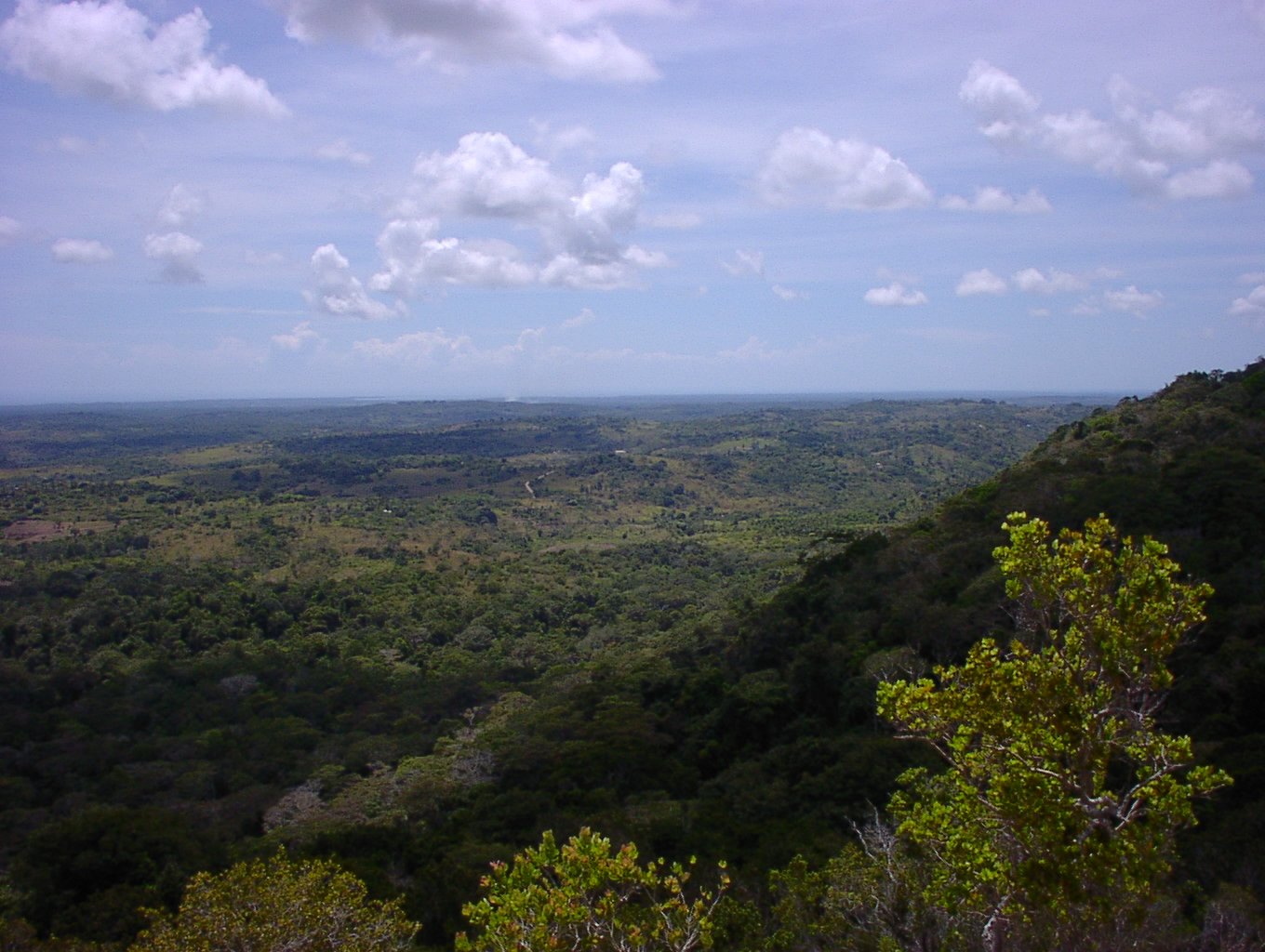

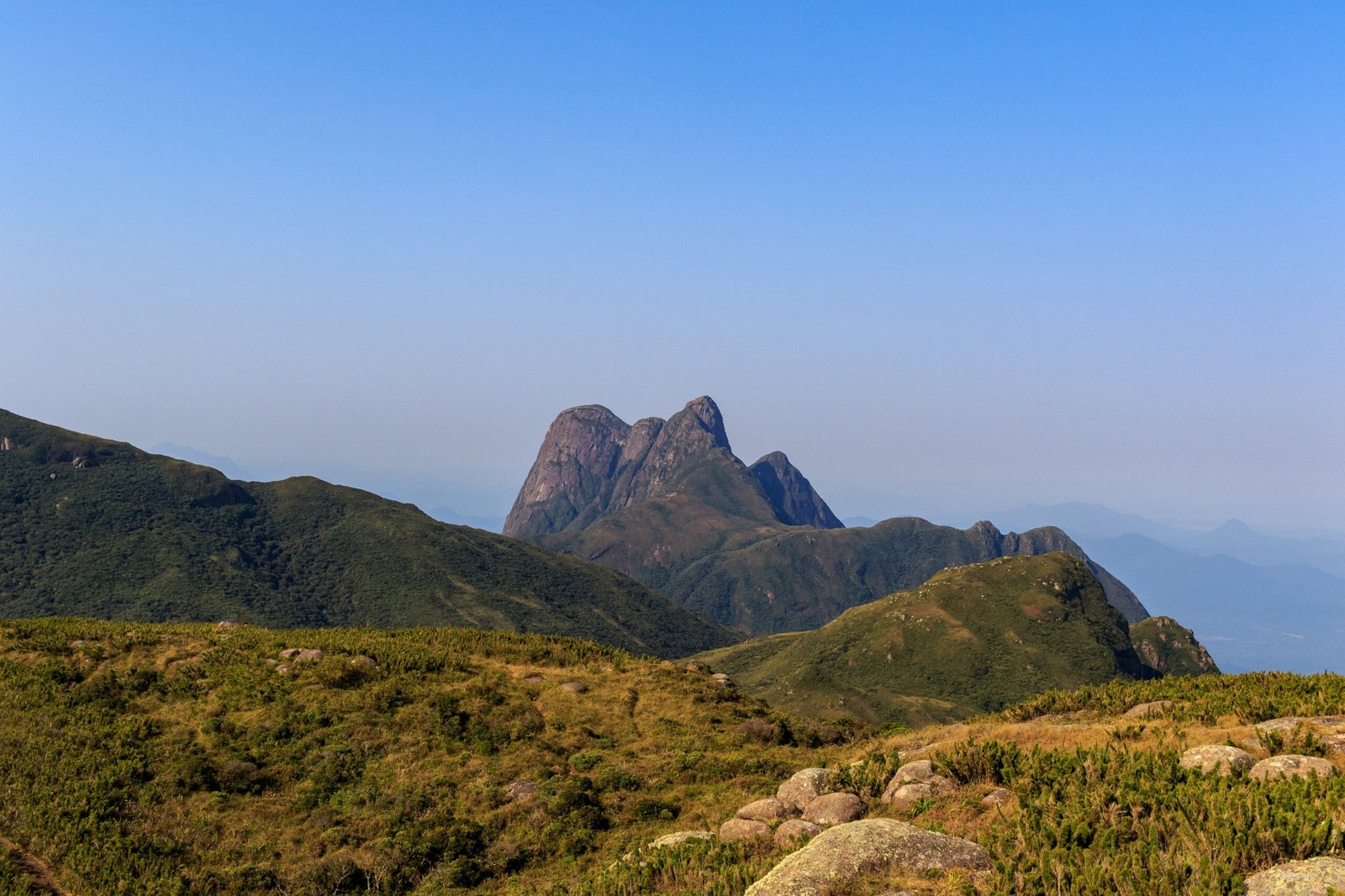
Our Safari Types and Experiences in Uganda
Sovereign Safaris understands Uganda like no other safari operator: our team of specialists boasts decades of experience traveling and residing within the country. We offer genuine and enthusiastic advice to help you make the best choices for your journey, based on our firsthand experiences.
Uganda’s premier wildlife region is the Bwindi Impenetrable Forest, renowned for its mountain gorillas. This area, along with neighboring Mgahinga Gorilla National Park, is a must-visit for travelers seeking the profound experience of gorilla trekking. We’ll guide you in choosing whether to stay within the national parks or in nearby lodges and conservancies.
Queen Elizabeth National Park is recognized as another exceptional wildlife area in Uganda, offering not just the “Big Five” but also unique species like tree-climbing lions and abundant birdlife. This park is also a favorite for those interested in seeing hippos and crocodiles along the Kazinga Channel.
Other key safari destinations include Murchison Falls National Park with its dramatic waterfalls and robust wildlife populations, Kibale Forest National Park for chimpanzee trekking, and the remote Kidepo Valley National Park known for its untouched wilderness.
Please explore our curated selection of safari and holiday itineraries below, then call us. One of our Uganda experts will help you craft a personalized, tailor-made trip that perfectly fits your needs and desires.
A rough guide to Uganda
This short guide includes some useful practical and background information about the country. If you book your Kenya trip with Expert Africa, we’ll send you a free copy of The Rough Guide to Kenya, a detailed travel guide written by Expert Africa’s East Africa.
Where to go on a first visit
Deciding where to go on a first visit can be daunting given the numerous parks, reserves, and conservancies available.
Firstly, we’d strongly recommend including the iconic Bwindi Impenetrable Forest. Throughout the year, this dense forest is teeming with wildlife, but it is most famous for its profound mountain gorilla trekking experiences. As you navigate through its misty paths, you feel deeply immersed in a world where wildlife rules, from close encounters with gorillas to observing various birds and smaller mammals in their natural habitat. Although Bwindi is well-visited, its vastness offers a sense of solitude and intimate connection with nature.Another area often recommended for a contrasting experience is Queen Elizabeth National Park. Located southwest of the Rwenzori Mountains, this park is a mosaic of ecosystems, from savannah to forested gorges. Here, you can witness tree-climbing lions, vast herds of elephants, and the serene Kazinga Channel teeming with hippos and crocodiles, providing a broad representation of Uganda’s diverse wildlife.If you’re looking to combine your safari with some beach relaxation, the shores of Lake Victoria offer a tranquil escape. Ssese Islands, with their pristine sandy beaches and lush forests, provide a peaceful retreat and are perfect for concluding an adventurous Ugandan safari with some relaxation and perhaps even some fishing or canoeing.Local flight transfers
The workhorse of Uganda's local aviation is the Cessna Caravan. It’s a turboprop plane, typically seating 9-12 passengers, plus the pilot and co-pilot. If you’re not used to flying in unpressurised light aircraft the experience can either be exhilarating or a little unexpected at first. Be prepared for the plane to be gently buffeted by wind and thermals and to drop into bush airstrips more than once in the course of your journey. Our scheduled airline partners strive to be reliable, but the final route and timings of any particular service are usually only settled the day before, when camps are notified of arrival and departure times.
Engaging with Local Culture
Village visits are a common activity offered by many safari operators, particularly in areas inhabited by the Bantu and Nilotic communities, often incorporating a trip to a local homestead—a collection of small, traditional dwellings—where safari guides and staff may have family ties. These excursions typically occur during morning or afternoon game drives. Visitors are usually encouraged to make a small cash donation or purchase local handicrafts as a token of support. While these visits can provide deep insight into local ways of life, featuring a short time inside a traditional hut made from organic materials, they may sometimes seem a bit staged (one could imagine how similar experiences might be perceived if roles were reversed). It's not uncommon for villagers to perform a brief dance or music session. However, the most enriching cultural exchanges often happen through casual chats with your guide or camp staff, whose personal stories and insights into their culture can be profoundly memorable.
Uganda’s History
Uganda is a country with deep historical roots, evidenced by some of the earliest fossil findings of human ancestors in the region. Museums in Kampala, along with numerous archaeological sites, showcase these discoveries, presenting a fascinating, albeit modest, array of exhibits. Ancient hunter-gatherers, using stone tools, eventually integrated with incoming groups from the Ethiopian highlands between 9000 BC and 1000 BC. These migrants introduced enhanced stone working with obsidian and developed diverse crafts including pottery and textile production.
In the early periods around 1 AD, groups from the dense forests to the west began migrating into the area. These were primarily Bantu-speaking peoples, ancestors to many of today’s ethnic groups like the Baganda and Basoga, who introduced iron-working— a significant advancement that facilitated large-scale agriculture. By around 1000 AD, iron-age economies were predominant across Uganda, enriched by cultural exchanges and intermarriages among the tribes.Seafarers and traders from the Arabian Peninsula introduced Islam to the region, integrating with the Bantu-speaking populations along the Great Lakes to form complex societies, notably the Swahili along the coast.Significant agricultural shifts occurred with the introduction of American crops such as maize, cassava, and potatoes by the Portuguese in the early centuries. These crops fundamentally changed local agriculture and diets. The Luo and Turkana, migrating from the upper Nile and heavily reliant on fishing, settled along the shores of Lake Victoria, adding to the region's cultural tapestry.By the mid-nineteenth century, various groups like the militaristic Maasai and pastoralist Samburu, had migrated into the area from the Nile regions, each contributing to the cultural and economic diversity of Uganda.Colonial impacts were profound by the late 1800s as European powers, including the British, established control, leading to significant disruptions in the traditional ways of life. Resistance to colonial rule was met with harsh repression, notably during struggles for independence which Uganda achieved in 1962.Post-independence Uganda faced periods of political instability, corruption, and economic challenges. However, the country has seen significant political reforms and a growing free market economy since the late 20th century. Challenges remain, especially in balancing economic development with environmental conservation and addressing widespread poverty.Today, Uganda continues to navigate its complex history, aiming to harmonize its rich cultural heritage with the demands of modern development and conservation needs.
